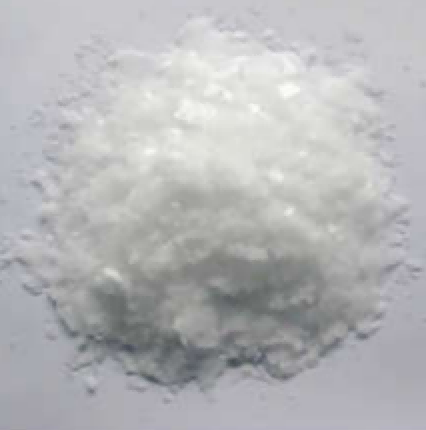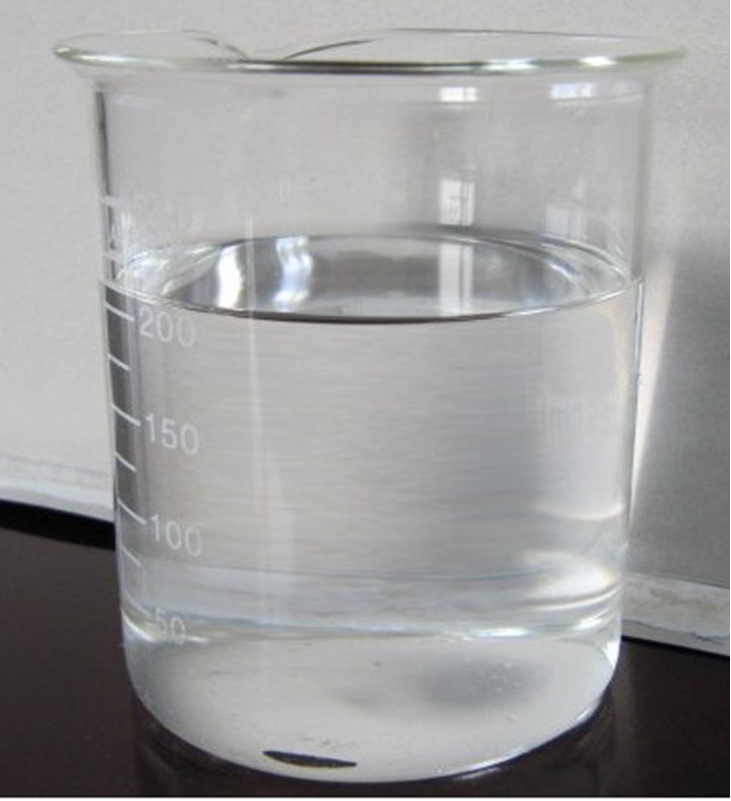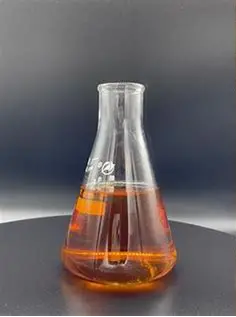1. Introduction
When you hear ‘sodium lauryl sulfate,’ your mind probably jumps to shampoo or toothpaste—but this versatile anionic surfactant has a powerful, lesser-known role in agriculture. Specifically, sodium lauryl sulfate (also known as sodium dodecyl sulfate or SLS) is increasingly used as a key wetting agent and penetration enhancer in advanced herbicide formulations. Unlike generic lawn wetting agents, SLS offers precise control over surface tension, enabling weed killers to cling to and penetrate waxy or hairy plant surfaces more effectively.

In this article, we’ll dive into how sodium lauryl sulfate functions in herbicide systems, why it’s chosen over other surfactants like sodium laureth sulfate or coco betaine, and how it pairs with co-formulants such as methylated seed oil and alkyl polyglucoside to boost performance. Whether you’re a crop scientist, formulator, or agronomist, understanding SLS’s niche application can unlock smarter, more efficient weed control strategies.
2. Why Sodium Lauryl Sulfate Excels in Herbicide Formulations
Sodium lauryl sulfate is a classic anionic surfactant known for its strong detergency, foaming, and wetting properties. In herbicide applications, its primary job is to reduce the surface tension of spray solutions, allowing droplets to spread evenly across leaf surfaces instead of beading up and rolling off. This is especially crucial for hard-to-wet weeds with hydrophobic cuticles.
Compared to non-ionic surfactants like polysorbate 80 or ethoxylated alcohols, SLS provides faster initial wetting. However, it’s often blended with other surfactants to balance performance. For instance, pairing SLS with methylated seed oil—a common surfactant for herbicides—enhances both spreading and cuticle penetration, leading to faster uptake of active ingredients like glyphosate.
3. Strategic Surfactant Blending for Maximum Efficacy
Modern herbicide formulations rarely rely on a single surfactant. Instead, they use synergistic blends to address multiple challenges: adhesion, penetration, rainfastness, and compatibility. Sodium lauryl sulfate frequently appears alongside:

- Alkyl polyglucoside (a bio-surfactant derived from coconut and glucose) for eco-friendly performance
- Cocamidopropyl betaine (an amphoteric surfactant) to stabilize foam and improve compatibility
- Sodium laureth sulfate (also called sodium lauryl ether sulfate or SLES) for milder action in sensitive crops
- Lignin sulfonate as a dispersant to keep solid actives suspended
These combinations allow formulators to fine-tune the behavior of the spray solution. For example, adding decyl glucoside or coco glucoside—both non-ionic surfactants—can reduce phytotoxicity while maintaining wetting power. Meanwhile, cationic surfactants like cetyl trimethyl ammonium bromide (CTAB) are generally avoided in herbicides due to antagonism with common anionic active ingredients.
4. SLS vs. Other Anionic and Amphoteric Surfactants
Not all surfactants are created equal in agricultural settings. Sodium lauryl sulfate stands out for its low cost, high solubility, and rapid action—but it’s not always the best choice. Alternatives like sodium lauroyl sarcosinate or sodium cocoyl isethionate offer gentler profiles, while sodium dodecylbenzene sulfonate provides better hard-water tolerance.
Amphoteric surfactants such as amidopropyl betaine (including coco amido propyl betaine) are valued for their pH adaptability and compatibility with both anionic and cationic systems. However, they’re typically used as secondary surfactants rather than primary wetting agents.
It’s also worth noting that fluoro surfactants and sodium deoxycholate—though highly effective—are often cost-prohibitive or restricted due to environmental concerns. This makes SLS a practical middle ground for many commercial herbicide products.

5. Practical Considerations: Dosage, Compatibility, and Sourcing
When using sodium lauryl sulfate in herbicide mixes, typical rates range from 0.1% to 0.5% v/v (roughly 1–5 mL per gallon of water), depending on weed species and environmental conditions. Overuse can cause leaf burn or reduce rainfastness, so precision matters.
Always check compatibility with other tank-mix components. SLS can interact negatively with cationic surfactants or certain fertilizers. For best results, conduct a jar test before large-scale application.
For formulators seeking reliable supply, companies like Rohit Surfactants Private Limited offer high-purity sodium lauryl sulfate for sale under various grades—including technical and agrochemical specifications. Whether labeled as na lauryl sulfate, natrium lauryl sulfate, or sls sodium lauryl sulfate, ensure the product meets ISO or EPA standards for agricultural use.
6. The Future: Bio-Surfactants and Sustainable Alternatives
While SLS remains a workhorse in herbicide adjuvants, the industry is shifting toward greener options. Bio-surfactants like rhamnolipids or sophorolipids show promise, but their high cost and limited scalability keep SLS relevant. Hybrid systems—combining SLS with alkyl polyglucoside or coco sodium sulfate—offer a pragmatic path toward sustainability without sacrificing performance.
Emerging research also explores nano-emulsions using pluronic 127 (poloxamer 188) or span80 alongside SLS to improve systemic delivery. These advanced formulations could redefine how we think about surfactant roles in precision agriculture.
7. Conclusion
Sodium lauryl sulfate may be best known from your bathroom cabinet, but its real power shines in the field—literally. As a cost-effective, high-efficiency surfactant for herbicides, SLS enables better coverage, faster uptake, and stronger weed control. When intelligently blended with co-surfactants like methylated seed oil, alkyl polyglucoside, or even non-ionic surfactants such as polysorbate 80, it becomes part of a sophisticated delivery system that maximizes every drop of herbicide. For anyone working in crop protection, understanding and leveraging SLS’s niche application isn’t just smart—it’s essential.
Our Website founded on October 17, 2012, is a high-tech enterprise committed to the research and development, production, processing, sales and technical services of ceramic relative materials such as Unlock. Our products includes but not limited to Boron Carbide Ceramic Products, Boron Nitride Ceramic Products, Silicon Carbide Ceramic Products, Silicon Nitride Ceramic Products, Zirconium Dioxide Ceramic Products, etc. If you are interested, please feel free to contact us.


